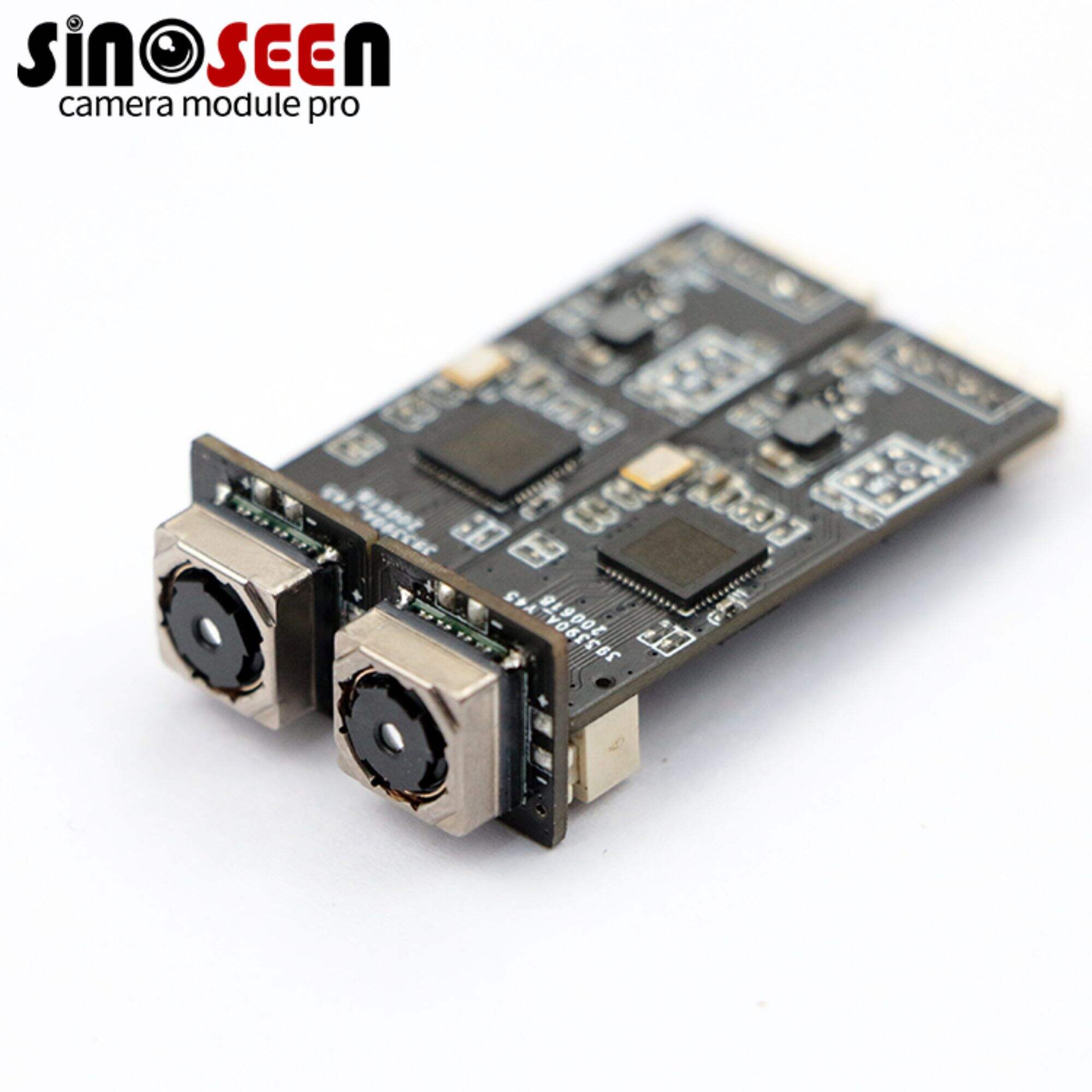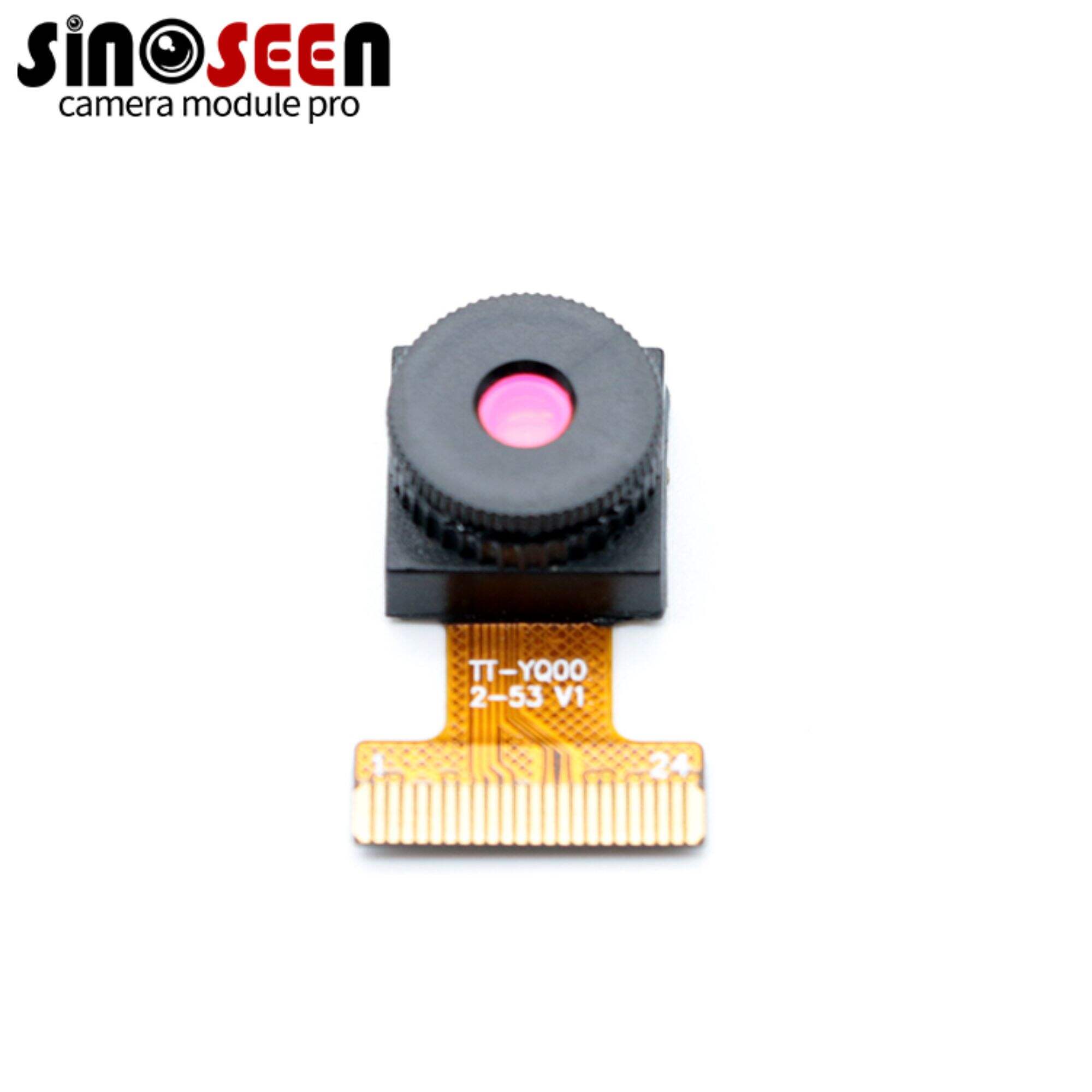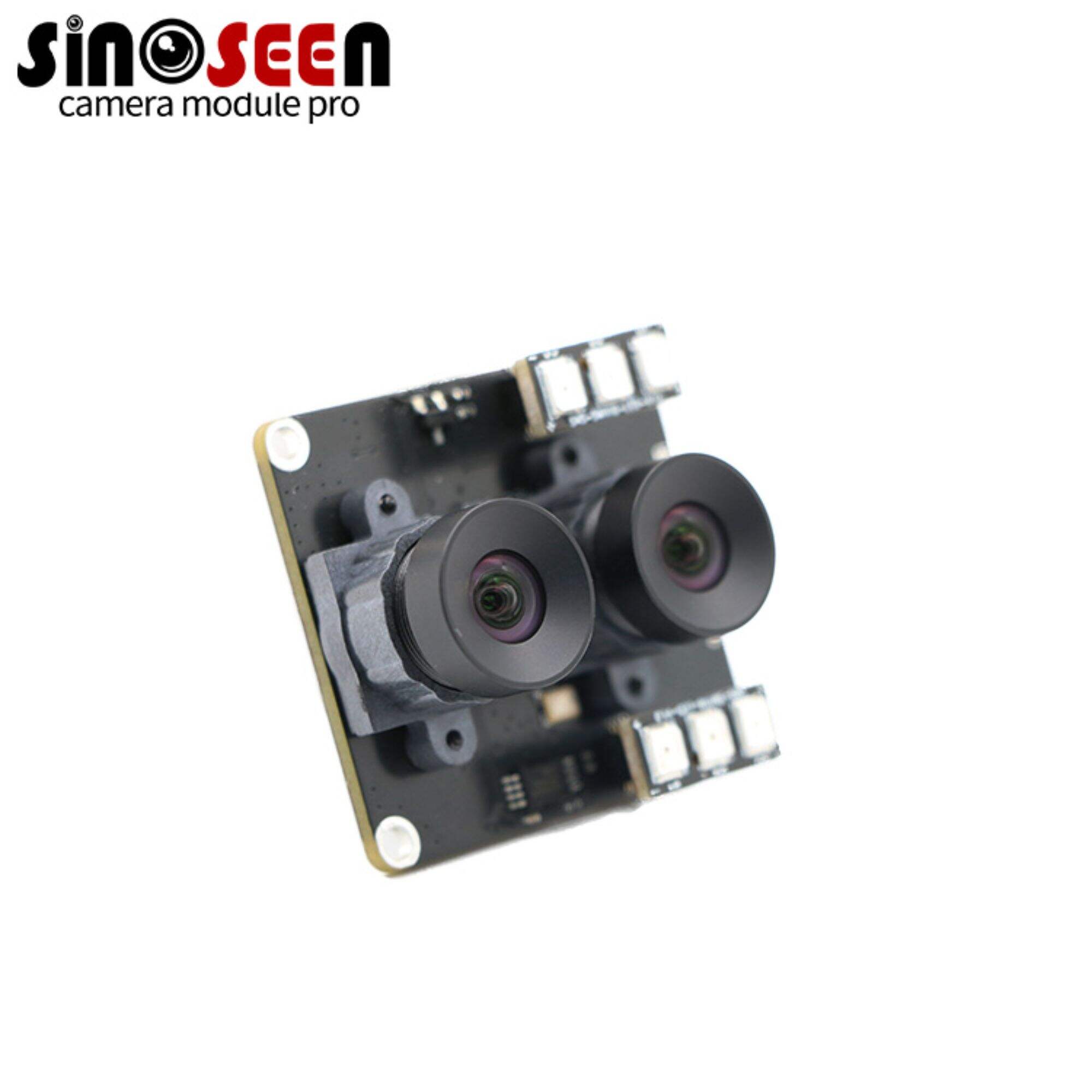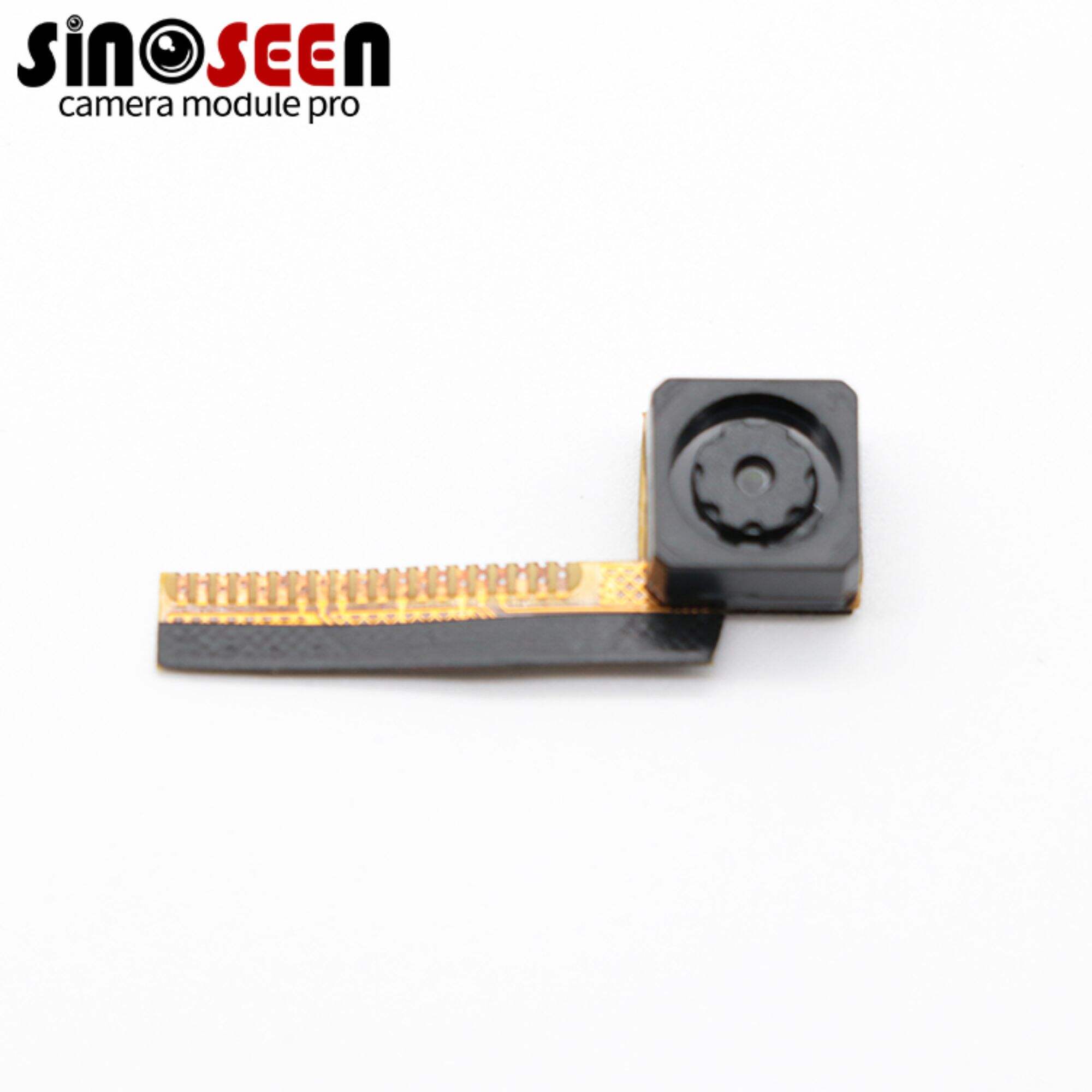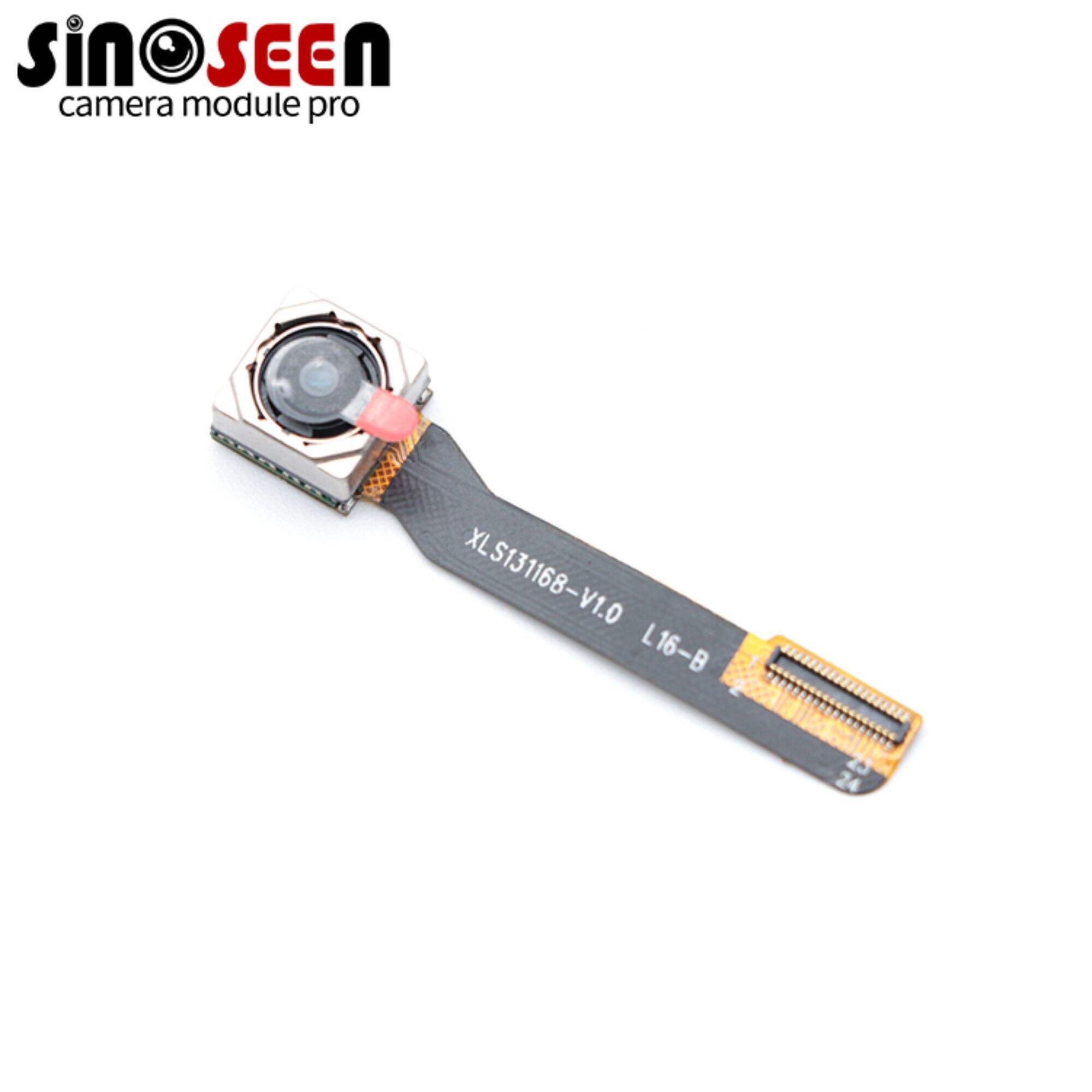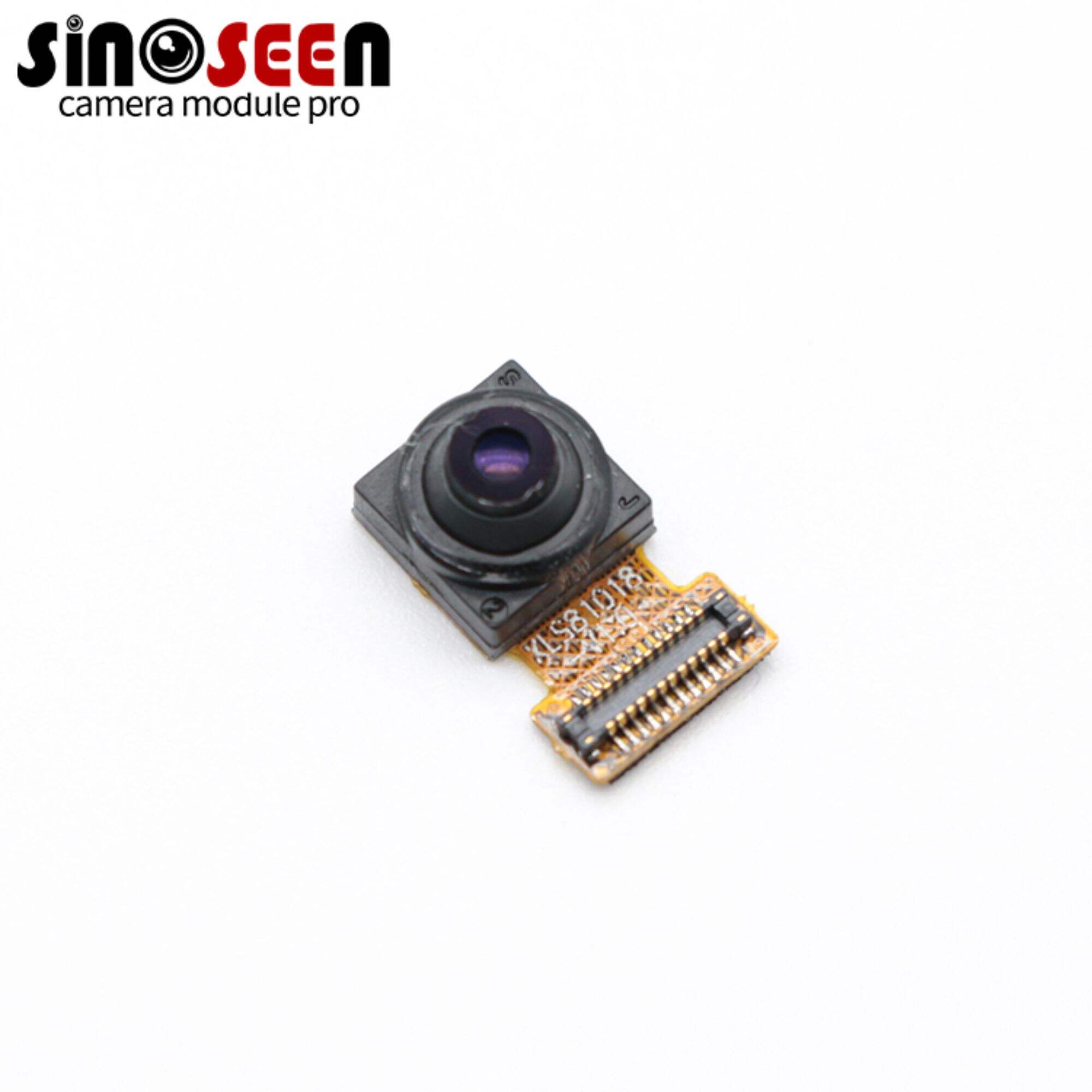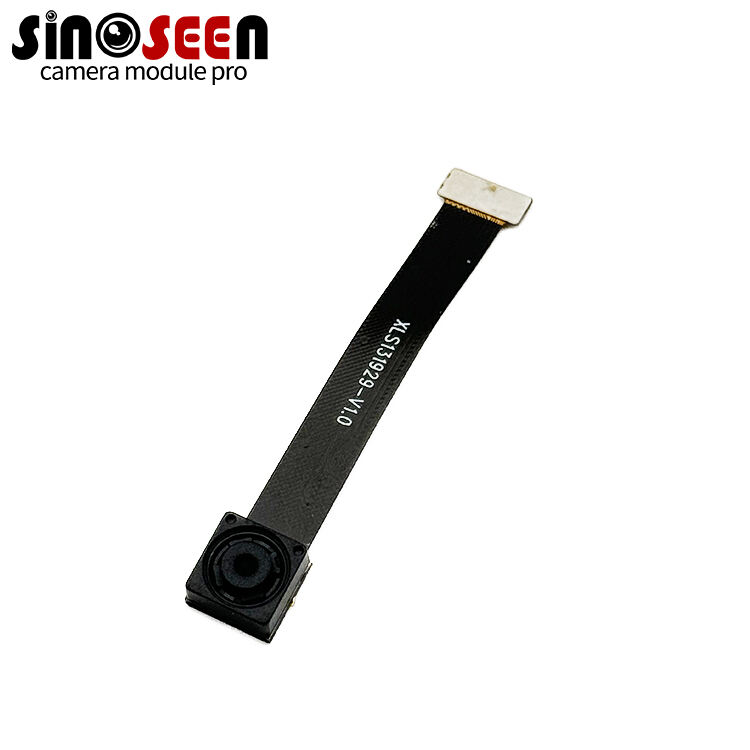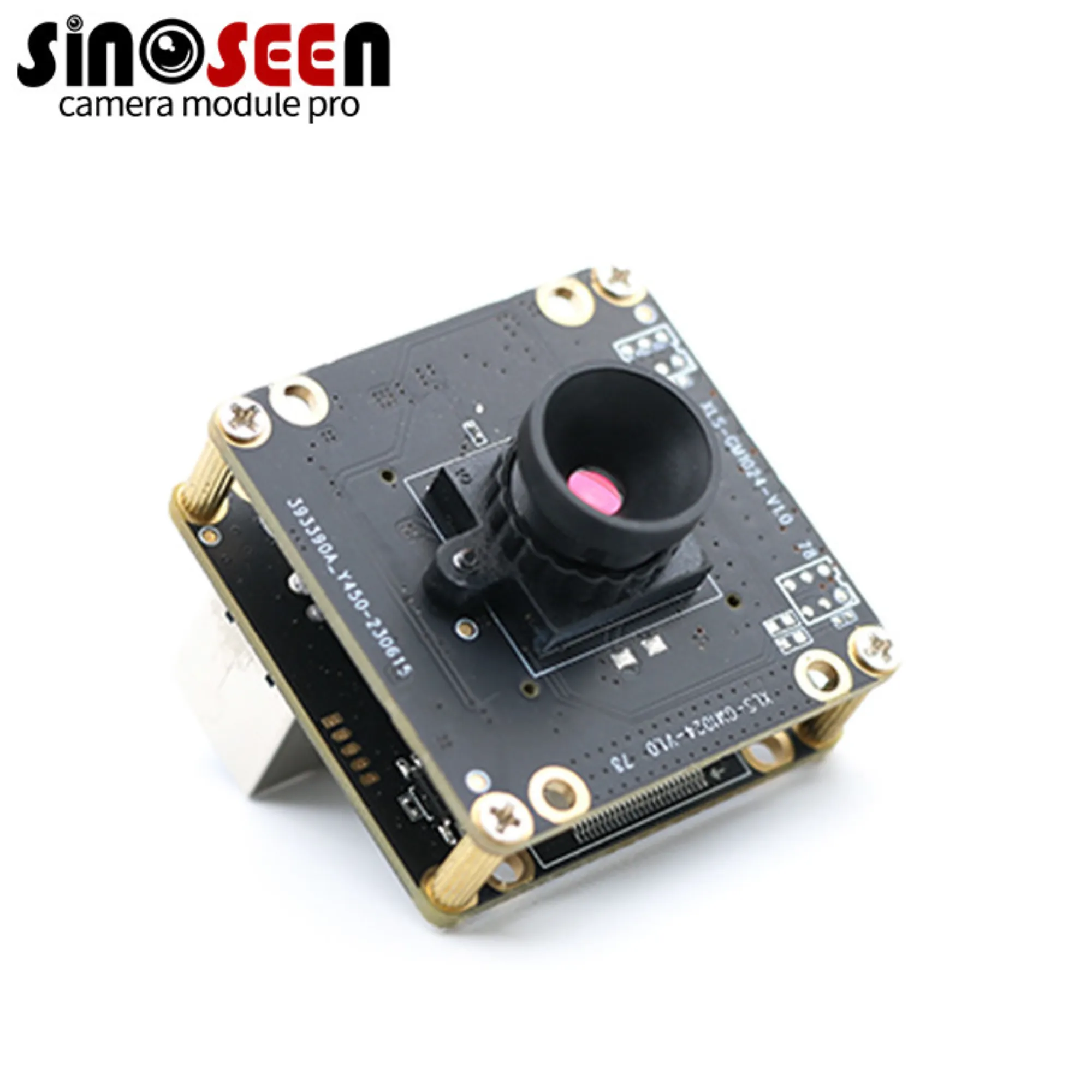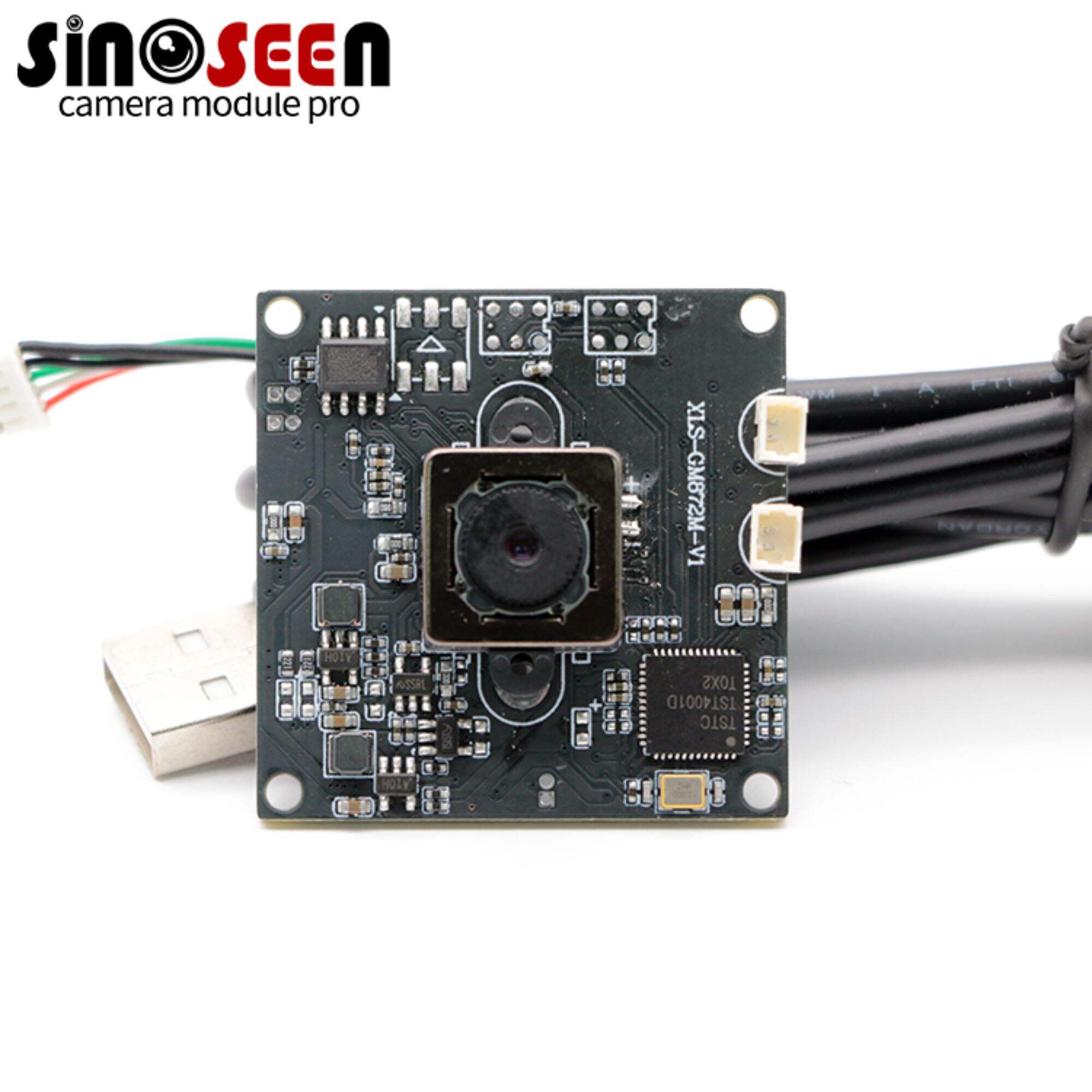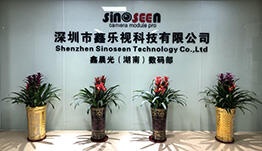What is the difference between thermal imager and infrared camera module?
Fundamental Technology Breakdown
Thermal Imaging: Capturing Heat Signatures
Thermal imaging is a sophisticated technology that relies on capturing heat signatures emitted by objects to generate detailed images. Thermal cameras function by detecting infrared radiation, a type of radiation distinct from visible light, and transforming it into imagery that reveals variations in heat signatures. The core components of a thermal camera include a lens, thermal sensor, processing electronics, and mechanical housing. The lens focuses on infrared energy emitted by objects, which the sensor receives to create images defined by temperature differences.
This technology finds significant applications across various industries. For instance, in the security sector, thermal imaging can detect unauthorized movement beyond what visible cameras can capture, especially across vast perimeters. According to a study, implementing thermal cameras in energy audits can identify heat leaks and improve energy efficiency by up to 20%. Firefighting departments use thermal imaging to locate people in smoke-filled environments, identifying hotspots behind walls, thus saving lives and properties. Similarly, in HVAC systems, it aids in detecting inefficient indoor environments, promoting energy conservation and comfort.
Infrared Camera Modules: Reflecting Near-IR Light
Infrared camera modules are specialized devices designed to capture images within the near-infrared light spectrum. These modules are engineered to harness and reflect near-IR light, which is invisible to the human eye but crucial in various technological applications. They can be seamlessly integrated into devices such as smartphones and drones, significantly enhancing the functions of these gadgets by providing night vision and improved image quality in low-light conditions.
The integration of infrared modules into smartphones, for example, transforms these pocket devices into powerful surveillance tools that can capture clear images even in the dark, aiding in security and monitoring. In scientific research, infrared modules are used to explore phenomena that are otherwise invisible, such as the examination of biological samples or plant health under specific conditions. A case study in agriculture showed how drones equipped with infrared modules could assess crop health, potentially improving yield by identifying issues like water stress before they become visible to the naked eye, as expert agronomists suggest.
Detection Methods and Light Requirements
Passive Thermal Imaging (No Light Needed)
Passive thermal imaging is a technology that capitalizes on the natural emission of infrared radiation by objects, which doesn't require any external lighting. This capability makes it especially beneficial in scenarios of complete darkness, such as in night-time military or rescue operations. An increasing demand for passive thermal systems in critical situations like these illustrates how valuable they are for ensuring safety without needing ambient light sources. Moreover, according to reports, such systems are extensively used in military applications and have seen growing appreciation for their operational advantages in various rescue operations and security scenarios.
Active Infrared Illumination (Low-Light Operation)
Active infrared illumination involves projecting infrared light into an environment to enhance visibility in low-light conditions. This technique is commonly used in security cameras and wildlife monitoring, where enhancing nighttime visibility is crucial. While active infrared illumination plays a vital role in such scenarios, it does have limitations, such as the potential for environmental noise and light pollution. However, advancements in infrared camera technology continue to address these concerns, reducing the impact and optimizing gains. For instance, implementing advanced sensor technologies helps minimize unnecessary exposure, ensuring sustainability while maintaining surveillance efficacy. The growing integration of active infrared illumination into surveillance and monitoring systems underscores its importance in security and environmental observation.
Performance Characteristics Comparison
Temperature Measurement Accuracy
Understanding the accuracy of temperature measurements in thermal imaging and infrared camera technologies is essential when choosing the right device for specific applications. Thermal imaging cameras are generally more precise in capturing temperature variations, as they detect emitted heat directly, which can be crucial for applications like medical diagnostics and precise energy audits. According to industry standards, an acceptable accuracy level for thermal cameras is around 2% of the reading, though high-end models can achieve even greater precision. A study published in the Journal of energy technology highlights how thermal cameras can pinpoint temperature differences critical for detecting faults in energy systems. These metrics are important for various industries that rely on precise measurements to maintain operational safety and optimize performance strategies.
On the other hand, infrared cameras are designed to gauge temperature by capturing the infrared radiation reflected off surfaces. While they offer versatility and are suitable for a broader range of environments, they may sometimes fall short in terms of temperature accuracy compared to thermal cameras. Their accuracy can be impacted by external factors such as reflective surfaces and ambient lighting, making them less ideal for scenarios requiring high precision. For engineering applications with relaxed accuracy standards, infrared cameras remain a cost-effective choice, but they require careful usage to ensure reliability in critical applications. Understanding the inherent limitations and strengths of each technology helps professionals select the appropriate tool based on their specific needs and environmental considerations.
Image Resolution and Detail Capture
The image resolution and detail capture capability of thermal imaging cameras and infrared camera modules are crucial performance characteristics. Thermal imaging cameras usually offer lower image resolution due to the larger sensor size needed to capture longer infrared wavelengths, which impacts the level of detail visible in the images they produce. In practice, this modest resolution can be sufficient for applications like temperature monitoring in industrial settings, where broad thermal patterns are more important than fine details. However, for detailed surveillance needs, these cameras might not be the best choice.
In contrast, infrared cameras generally provide higher image resolution by detecting shorter infrared wavelengths, allowing for more detailed images. This makes infrared cameras preferable in scenarios where capturing intricate details is vital, such as in wildlife monitoring and precise industrial inspections. Recent technological advancements have significantly improved the resolution capabilities of both thermal and infrared cameras, enriching user experiences across varied applications. Enhanced resolution in both technologies allows for clearer images, enhancing overall functionality and making these devices more versatile. As technology continues to evolve, we anticipate even greater improvements in image clarity and detail, providing more refined tools for various industries.
Industry-Specific Applications
Firefighting and Industrial Monitoring (Thermal)
Thermal imaging plays a crucial role in firefighting by enabling firefighters to locate hotspots through smoke, enhancing fire safety significantly. For example, during rescue operations, thermal cameras help identify trapped individuals quickly, thereby saving lives. In industrial settings, these cameras are pivotal for monitoring machinery, detecting overheating components, and preventing potential hazards. According to studies, incorporating thermal imaging in industrial monitoring reduces fire-related incidents by up to 70%, showcasing its effectiveness as a preventive measure.
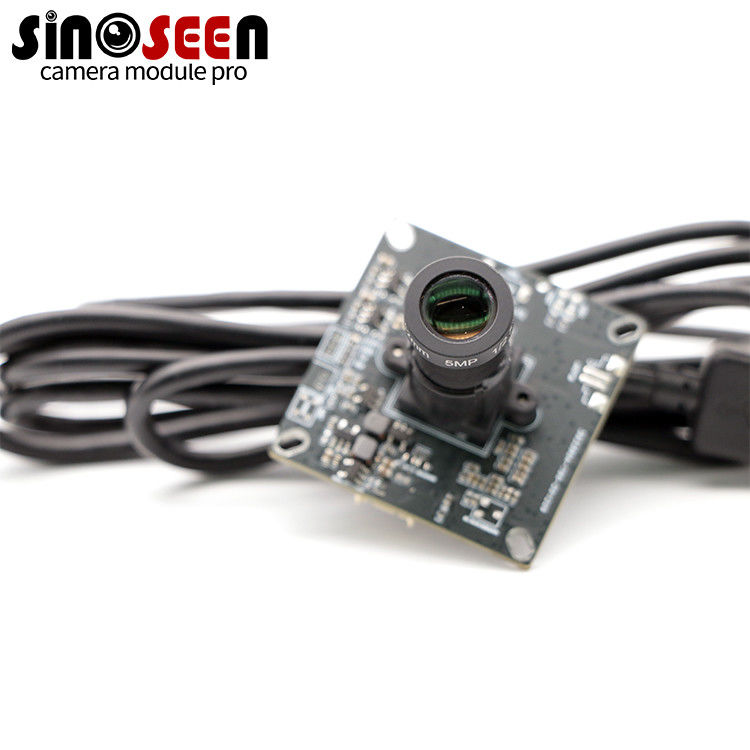
Surveillance and Night Vision (Infrared)
Infrared technology enhances surveillance systems, significantly improving their efficiency in low-light and night-time conditions. In urban environments, infrared cameras help security personnel monitor areas that are otherwise challenging to oversee. In wildlife research, these cameras enable scientists to study animal behavior non-invasively. Reports from law enforcement agencies indicate that integrating infrared cameras into surveillance systems can reduce crime rates by up to 20%, providing a compelling argument for their widespread adoption.
Medical Diagnostics and Wildlife Research
Thermal imagery is increasingly utilized in medical diagnostics to monitor body temperature and identify abnormalities. This non-invasive method allows for constant patient monitoring, proving invaluable during pandemic outbreaks. In wildlife research, infrared technology offers a means to observe animals without disturbing their natural habitats. For instance, studies have demonstrated the successful documentation of nocturnal animal behaviors using infrared cameras, highlighting their pivotal role in advancing scientific research.
Operational Limitations and Advantages
Thermal Pros/Cons: Heat Sensitivity vs. Cost
Thermal imaging boasts several advantages, notably its ability to accurately detect heat signatures in complete darkness and its very low maintenance requirements. This technology is invaluable in scenarios like firefighting, where visuals based on heat signatures can identify hotspots and assess fire risks effectively. Furthermore, in industrial monitoring, thermal cameras can prevent equipment failure by detecting overheating components before they malfunction. However, despite these benefits, the high initial cost and certain resolution limitations pose challenges. Advanced thermal camera systems can imply a significant investment, which may not be feasible for all sectors. Nevertheless, many industries witness a positive return on investment (ROI), with cost-benefit analyses showing reduced maintenance costs and enhanced operational safety metrics.
Infrared Pros/Cons: Clarity vs. Ambient Light Dependence
Infrared imaging technology is renowned for its ability to provide clear and detailed imagery, particularly beneficial for surveillance purposes in low-light conditions. These cameras excel in urban settings, offering enhanced visibility of objects and individuals, thereby aiding in crime prevention and monitoring. One significant drawback, however, is their reliance on ambient light to produce optimal results, which can be inconsistent depending on environmental factors. This limitation may hinder performance in diverse conditions, but many businesses have mitigated these issues through innovative solutions. For example, some companies have employed supplementary lighting or installation enhancements to augment the efficiency of infrared cameras, ensuring consistent clarity and reliability across various situations.
FAQ
What is the difference between thermal imaging and infrared cameras?
Thermal imaging detects and captures heat signatures emitted by objects, while infrared cameras capture infrared radiation reflected off surfaces. This makes thermal imaging more accurate for temperature readings, whereas infrared cameras offer higher image resolution.
In which industries is thermal imaging commonly used?
Thermal imaging is widely utilized in industries such as firefighting, security, and industrial monitoring. It assists in detecting heat leaks, identifying people in smoke-filled environments, and preventing equipment overheating.
Can infrared cameras function in complete darkness?
Infrared cameras typically require some ambient light to function optimally. However, they can be used with active infrared illumination to enhance visibility in low-light conditions.
Are thermal cameras expensive?
Thermal cameras can be a significant investment due to their advanced technology and precision. However, many sectors find the investment worthwhile due to their ability to enhance safety and reduce maintenance costs.
How are infrared modules used in agriculture?
Infrared modules help assess crop health by detecting issues like water stress early on, which can potentially improve yield and agricultural output.

 EN
EN
 AR
AR
 DA
DA
 NL
NL
 FI
FI
 FR
FR
 DE
DE
 EL
EL
 HI
HI
 IT
IT
 JA
JA
 KO
KO
 NO
NO
 PL
PL
 PT
PT
 RO
RO
 RU
RU
 ES
ES
 SV
SV
 TL
TL
 IW
IW
 ID
ID
 SR
SR
 VI
VI
 HU
HU
 TH
TH
 TR
TR
 FA
FA
 MS
MS
 IS
IS
 AZ
AZ
 UR
UR
 BN
BN
 HA
HA
 LO
LO
 MR
MR
 MN
MN
 PA
PA
 MY
MY
 SD
SD

